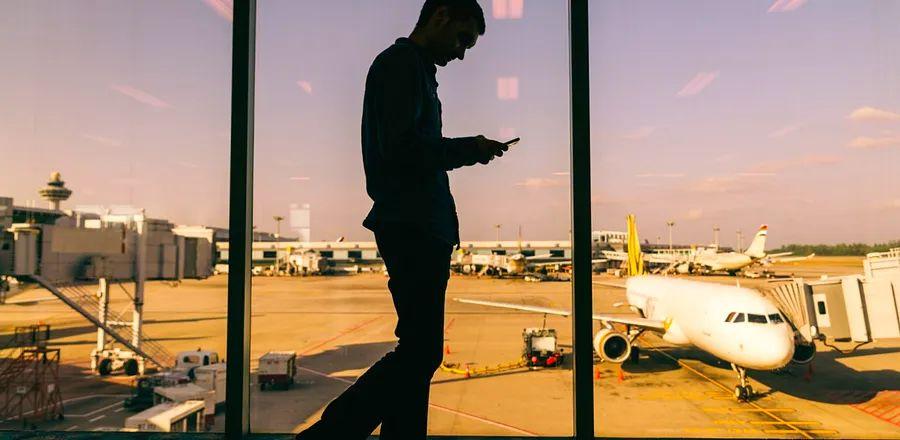Did You Know? You Can Text TSA for Travel Inquiries

Although the U.S. Transportation Security Administration (TSA) offers a comprehensive list of permitted items for air travel on its website along with extensive information about acceptable identification and the process for applying to the expedited screening program TSA PreCheck, you might occasionally encounter a travel-related question that remains unanswered.
In addition to emailing, calling (855-787-2227), or reaching out via the AskTSA Twitter account, there’s another lesser-known option for travelers: simply sending a text message to TSA. Here’s how to use this text option and the benefits of doing so.
How can you text TSA?
To initiate a conversation, send the word “travel” to the AskTSA number (275-872). You will get a message indicating that automated responses are available 24/7, but if the algorithm cannot answer your question, live agents are available from 8 a.m. to 6 p.m. ET. After that, users can choose from six topics:
- TSA PreCheck
- What Items Are Permitted
- Identification Requirements
- Medical Inquiries
- Claims and Damages
- Miscellaneous
After you select a topic, TSA will send a follow-up text presenting subcategories to choose from. For instance, if you select Damages/Claims, the next set of options will include claim status, damaged locks, damaged belongings, and how to file claims. The process continues to refine your options until the service believes your question is answered, at which point it will ask, “Were we able to address your question? You can respond: YES or NO.” If you reply with “no,” the next message will say, “Please type your question here, and a Social Care Specialist will get back to you shortly.” If it's during staffed hours, a TSA representative will respond as soon as they can (we tested the service and found the average response time to be about 10 minutes). Outside of those hours, you’ll need to inquire again later. However, after selecting “Medical Questions,” the available subcategories include help with screening, medications, CPAP devices, and others. Any selection from these will direct you to the relevant department's contact number, such as TSA’s Passenger Support Specialists.
Reasons for Travelers to Text TSA
Considering the vastness of the “What’s Allowed” section (along with previous inquiries made through the AskTSA Twitter), it’s reasonable to conclude that questions regarding what can be included in carry-on bags (particularly concerning food items) are among the most frequently asked. Some surprising restrictions for even the most experienced travelers include snowglobes and Magic 8 Balls (due to their liquid content) or cast iron skillets and tent pegs (since they could potentially be used as weapons).
While this texting option gives travelers an additional means to check if they can pack cheese in their carry-on (yes, solid cheese is allowed, while creamy cheese must not exceed 3.4 ounces) or inquire about fireworks (which are not permitted at all), the text program can sometimes be cumbersome. Responses may take several minutes if demand is high, and the information provided is often less detailed than what can be found online.
Some inquiries received clear responses (such as the guidelines for milk, which is permitted if under 3.4 ounces, and ice, as long as it’s completely frozen; otherwise, it must comply with the 3.4-ounce rule), while others were less informative (for example, foam swords aren’t permitted as carry-on items, yet no explanation is provided for this).
In certain instances, it might be quicker to look up answers online for travelers' questions. However, if you think of a question that lacks a straightforward Google-able answer or requires further explanation (like the reason bowling balls can be carried on while bowling pins cannot), having the ability to reach a real person relatively quickly (at least during business hours) could enhance your travel experience. At the very least, it might help you avoid wasting time (and the potential embarrassment) of having your bag flagged for additional screening.
Evaluation :
5/5



